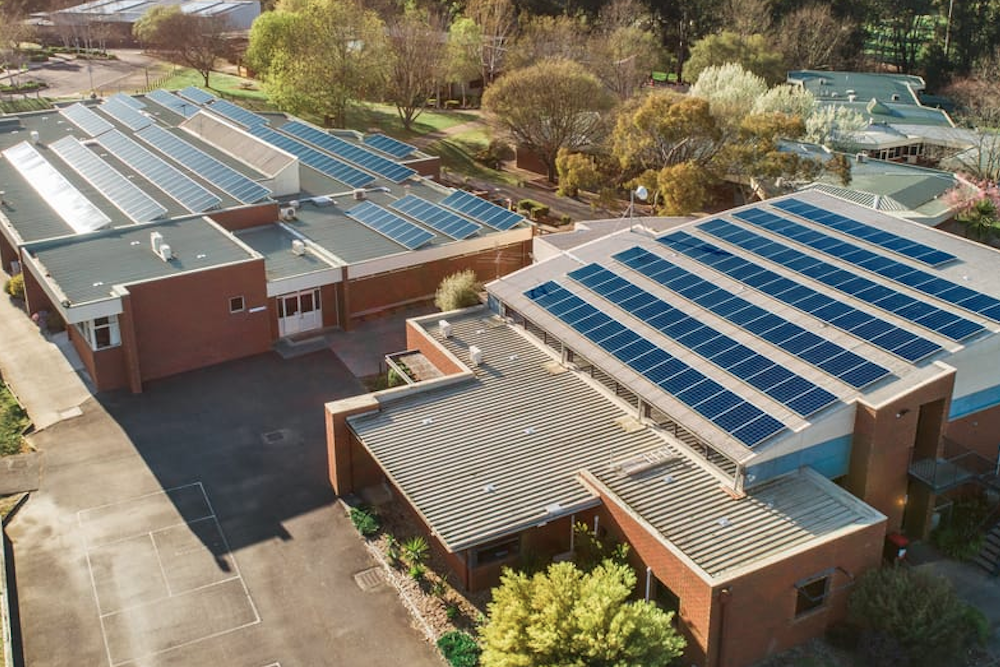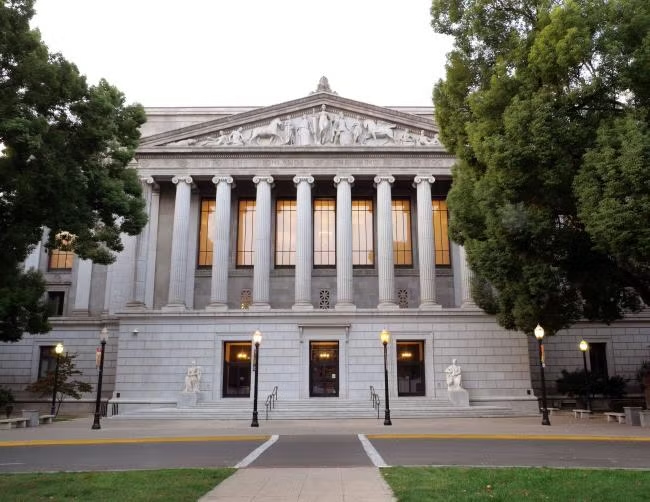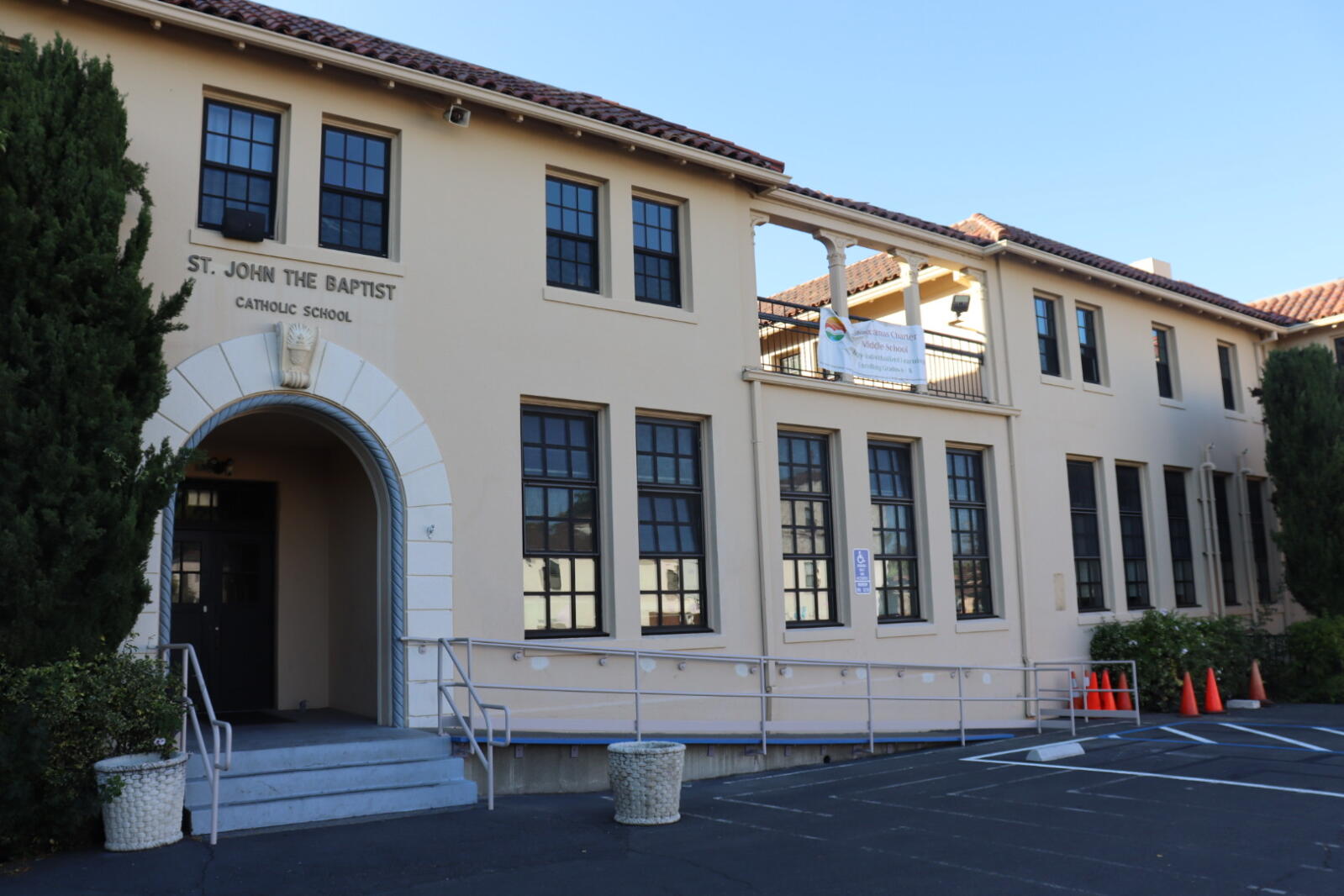Beginning January 1, 2023, all newly constructed buildings shall have a solar photovoltaic (PV) system installed, and all buildings required to have a PV system shall also have a battery storage system. On February 22, 2023, the Division of the State Architect (DSA) issued Interpretation of Regulations (IR) N-3: Energy Code Requirements for Photovoltaic and Battery Systems.
IR N-3 is available for reference here.
The New Requirements Serve California’s Climate Action Plan
The California Energy Commission (CEC) updates the Energy Code (CCR Title 24, Part 6) every three years. On August 11, 2021, the CEC adopted the 2022 Energy Code, containing energy and water efficiency requirements for newly constructed buildings and modifications to existing buildings, and providing crucial steps in California’s progress towards achieving 100 percent carbon neutrality by 2045.
With the 2022 Energy Code, California became the first state in the United States to require that solar PV and energy storage systems be installed on all new buildings for schools, among other building types. The Energy Code also contains mandatory measures and provides for compliance through either a performance analysis or through specific prescriptive measures.
The provisions of IR N-3 apply to project submittals for new buildings and additions to buildings submitted to DSA on or after January 1, 2023, and are limited to the Energy Code regulations for PV and energy storage systems required under the 2022 Energy Code.
“Net Billing” and Its Impact on Solar and Storage Economics
Mandating the installation of solar and storage in new buildings will significantly accelerate deployments of solar and energy storage projects. However, the California Public Utility Commission is modifying the net energy metering program (NEM), which pays solar owners for any excess energy generated.
Effective mid-April 2023, NEM 3.0 will reduce the export rate for new rooftop solar projects by approximately 75%, putting significant pressure on school facility bonds and Local Education Agency (LEA) general funds to absorb the increased costs of rooftop solar installation.
The anticipated 75% decrease in export rates for solar energy fed back into the grid will not materialize all at once. For the first five years, new projects will be able to “lock in” export compensation values based on a nine-year schedule of values. Existing solar users are allowed to stay on their plan for 20 years from the date their system was turned on, as long as the interconnection application is submitted by April 14, 2023, and the construction of the project can be completed by 2026.
There may be additional opportunities available to leverage solar and energy storage projects, including, but not limited to: The Inflation Reduction Act (IRA); the Self-Generation Incentive Program (SGIP); and selling Renewable Energy Credits (RECs).
For more information about the new PV and storage systems requirements or energy service contracts, please contact an attorney in DWK’s Construction practice group.




![25_0123 DWK 2025 BIT Thumbnail_500x500[1]](https://www.dwkesq.com/wp-content/uploads/2025/02/25_0123-DWK-2025-BIT-Thumbnail_500x5001.jpg)